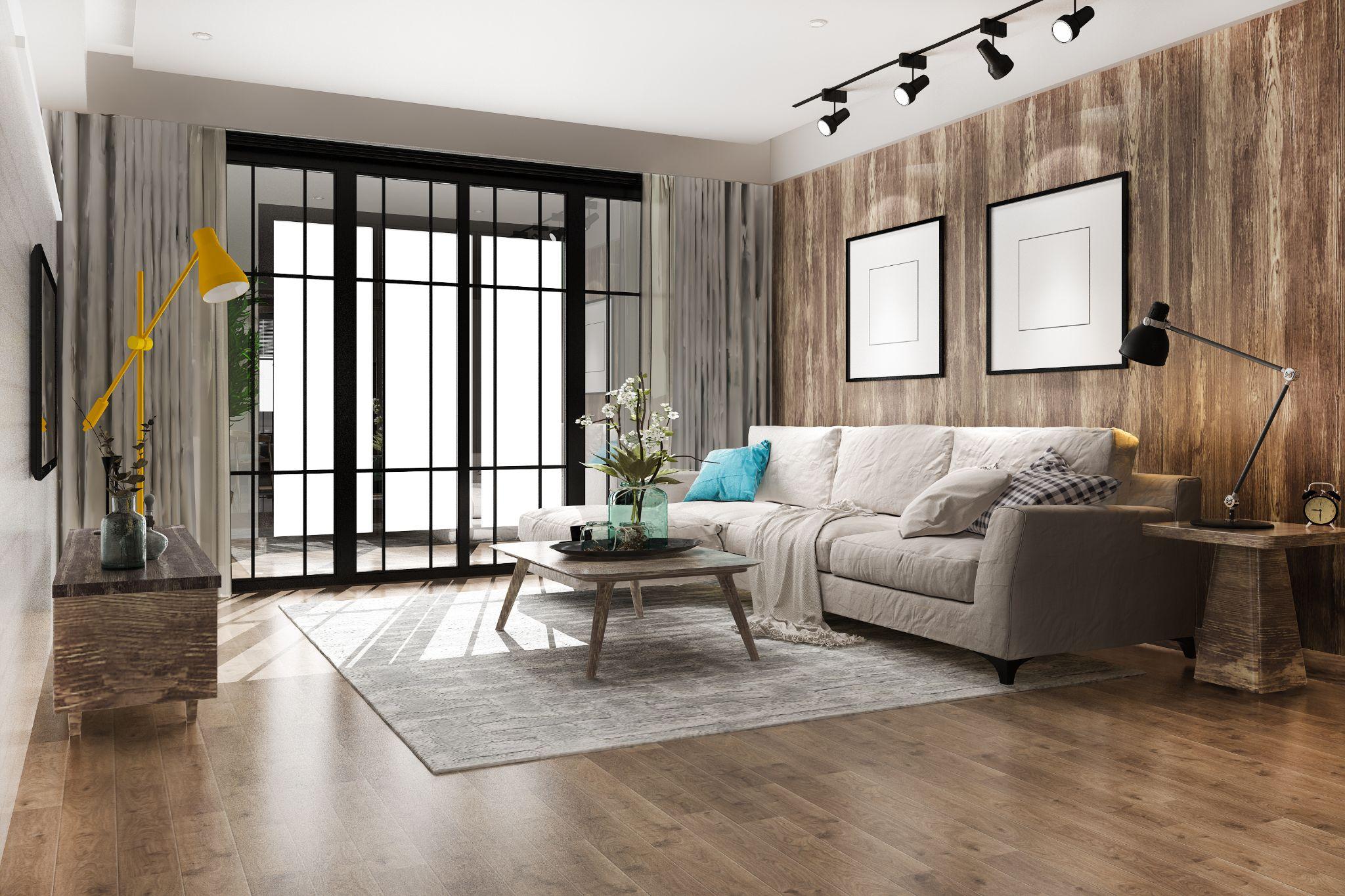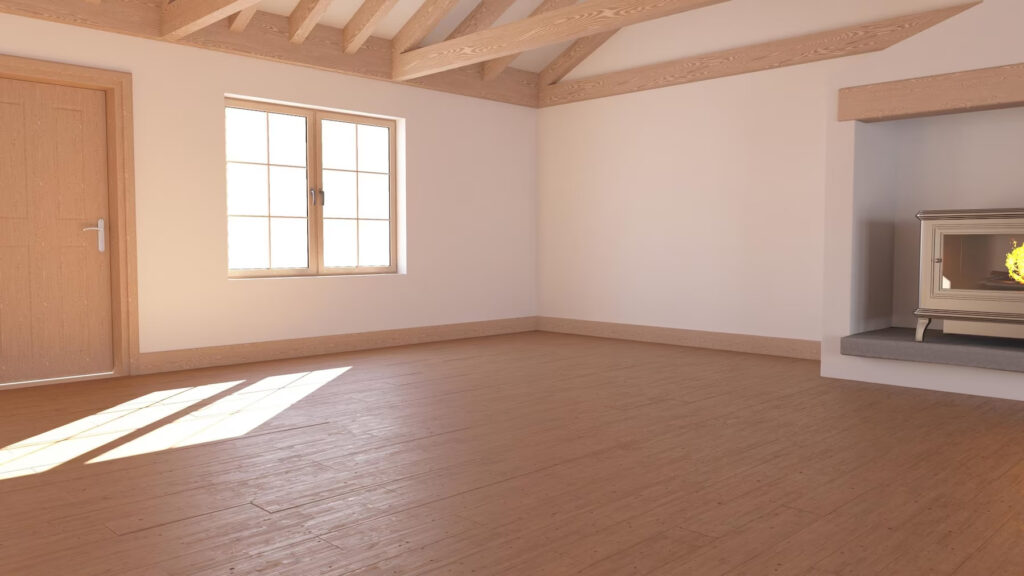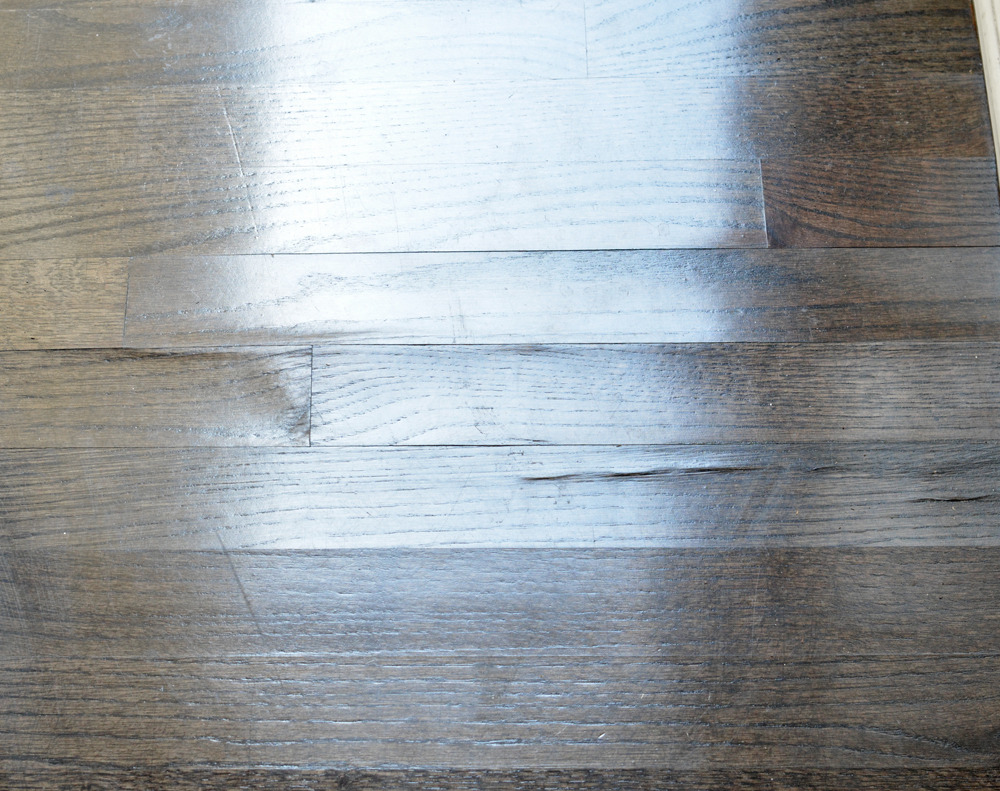
When it comes to comparing engineered wood and solid wood flooring, several key differences can help homeowners make an informed decision based on their specific needs and preferences.
Cost
Engineered wood flooring is generally more budget-friendly compared to solid wood flooring, with prices ranging from $4 to $7 per square foot, while solid wood flooring can cost between $8 and $15 per square foot. The cost difference is significant, making engineered wood a more affordable option for those on a tighter budget.
Lifespan
Solid wood flooring has a longer lifespan compared to engineered wood. With proper maintenance, solid wood flooring can last between 30 to 100 years, while engineered wood flooring typically lasts up to 30 years or more. The ability to refinish solid wood floors multiple times over their lifespan allows them to maintain their appearance for an extended period.
Materials and Construction
Solid wood flooring is made entirely of solid wood planks, usually sourced from solid wood species like oak, maple, walnut, or cherry. On the other hand, engineered wood flooring consists of a plywood core with a thin layer of solid wood on top. This construction allows engineered wood to mimic the appearance of solid wood while providing better stability and resistance to moisture.
Moisture Resistance
While neither solid wood or engineered wood flooring is recommended for wet locations like bathrooms for basements compared to LVT vinyl flooring, engineered wood flooring performs better in humid environments like Singapore compared to solid solid wood. The plywood core of engineered wood makes it less susceptible to warping and swelling when exposed to moisture.
Installation
The installation methods for these two types of flooring differ. solid wood flooring is typically nailed down to the subfloor or installed using tongue-and-groove planks. In contrast, engineered wood flooring can be installed using the click-and-lock system, which is more DIY-friendly and allows for a floating installation over foam or cork subfloors.
Appearance and Comfort
Solid wood flooring offers a wide range of colors and species, with planks varying in width from 8 to 12 inches. Engineered wood flooring, while looking almost identical to solid wood, provides more flexibility in width. It is usually sold prefinished, with fewer options for colors and styles compared to solid wood.
Maintenance and Care
Both solid wood and engineered wood flooring are relatively easy to clean and maintain with regular sweeping and vacuuming. However, solid wood flooring has an advantage in long-term maintenance due to its ability to be sanded and refinished multiple times to restore its original appearance.
Resale Value
Solid wood flooring is often considered a premium feature in a home and can increase its resale value. Engineered wood flooring, while visually similar to solid wood, may not have the same impact on resale value as solid solid wood.
In conclusion, the choice between engineered wood and solid wood flooring depends on individual preferences, budget constraints, and the specific needs of the space. Engineered wood flooring offers a more affordable option with better moisture resistance, making it suitable for certain environments like kitchens and basements. However, for those seeking longer-lasting flooring that can be refinished multiple times, solid solid wood remains an excellent choice. Ultimately, both options offer a variety of style choices, and the decision should be based on the homeowner’s priorities and requirements.


